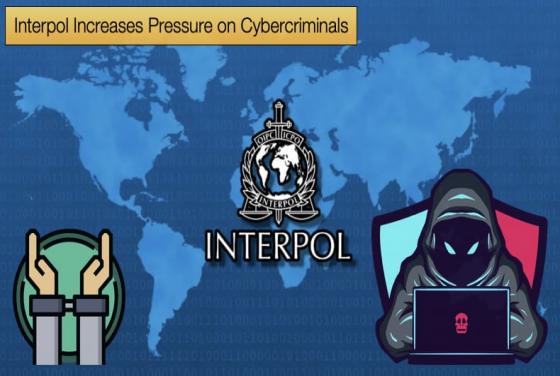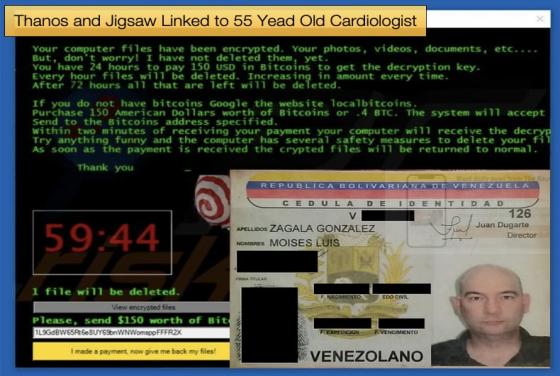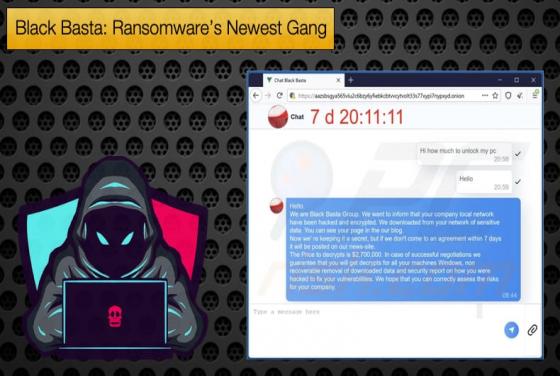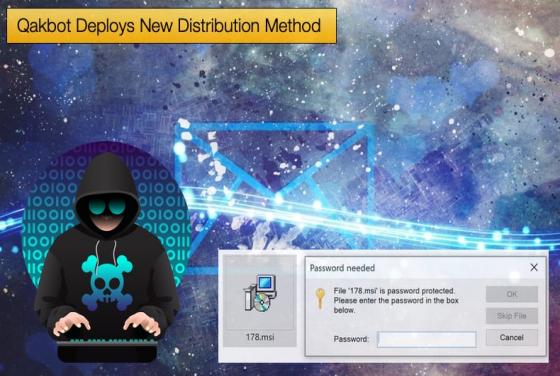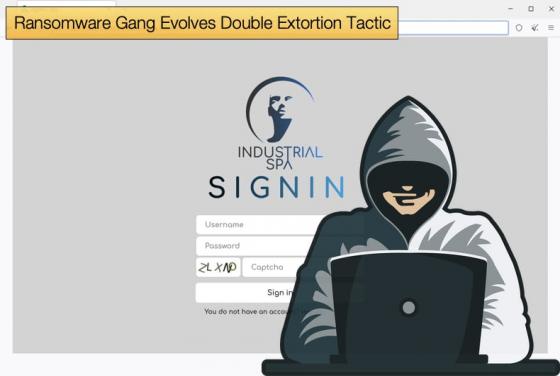

Ransomware Gang Evolves Double Extortion Tactic
Towards the end of 2019 ransomware gangs began to apply a new tactic to further place pressure on corporate victims to pay the ransom. The tactic became known as double extortion due to ransomware operators threatening, and in many cases releasing, sensitive data stolen before files across the IT in
